Food extinction: your favourite, but for how long?
Understanding Spices
Your cart is empty.
SUBTOTAL
£0.00

Understanding Spices
By now, it’s impossible to deny climate change and the fact that the earth is well on its way in a sixth mass extinction event. Whichever way you look, from headlines to Attenborough documentaries and the latest scientific case studies, it’s sobering news.
What may come even more alarmingly to us foodies is the fact that this mass extinction event is not just limited to animals. By the end of the century, some of our favourite foods including chocolate(!), bananas, honey and more could all be gone. Forever.
Ever since Homo Sapiens stood upright, our eating habits have been undeniably linked to the fate of our food. At one point, we feasted on the mammoth (we’d like to think this would’ve tasted delicious, grilled on an open BBQ with some of our handmade spice blends. But we drove it to extinction through over-consumption. Our eating habits over the past few centuries have helped to create a very noticeable lack of biodiversity that’s stacked heavily in favour of our most favourite fruits, vegetables and meat.
For example, Since 1900, 75% of our global plant diversity has disappeared. Meanwhile, 90% of our milk, yogurt, and ice cream now come from one breed of dairy cow. While there are over 30,000 edible plants and 30 animals domesticated for food, a staggering 75% of the world’s food supply only comes from 12 types of plants and 5 animals.
Can we really afford to continue this trend of over-consumption? Read on to find out what’s on the red list (and stock up those cupboards while you’re at it).
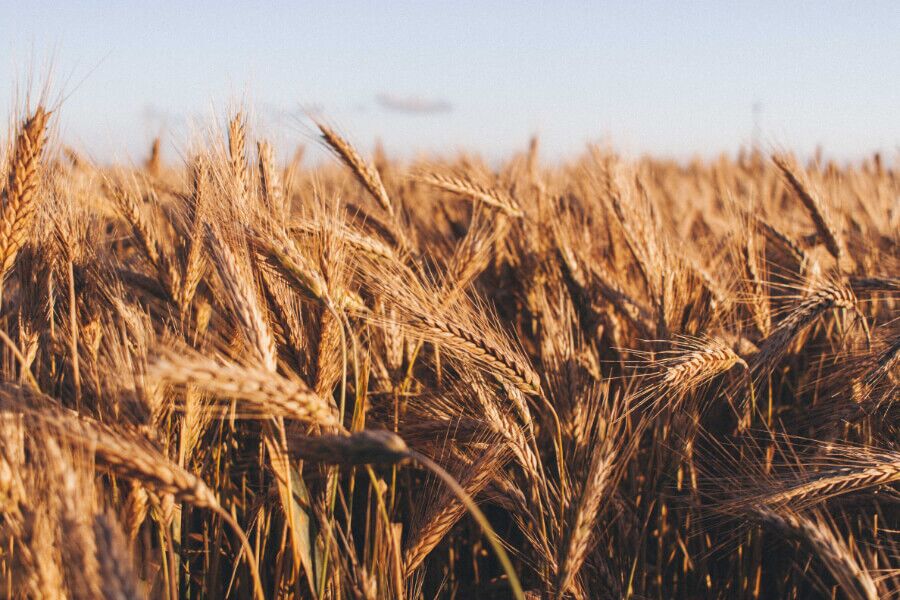
‘It’s only a bit of wheat, what’s the problem?’ Well, wheat is actually the number one cereal crop in the UK. It provides us with important staple foods such as flour, pasta and bread (all the things that disappeared during the pandemic panic-buying of March 2020, funny enough).
A direct cause of climate change, the trends of wetter, wilder and milder weather patterns throughout the UK are really starting to have an impact on farmers. Just last year, the British wheat harvest produced 18% less than 2019. The exceptionally wet autumn in 2019 had made it difficult for seeds to be planted. Meanwhile, the exceptionally dry, hot spring of 2020 meant that any of the crops planted early on lacked rain. Furthermore, heavy rains throughout autumn 2020 really disrupted the harvest, proving to be the worst since the 1980s.
Even the crops that did make it were not considered ‘high quality’ and this, along with the pandemic and Brexit created the perfect storm that has driven up the price of flour. It’s a nightmare scenario for farmers around the UK but the chances are, this is the new normal.
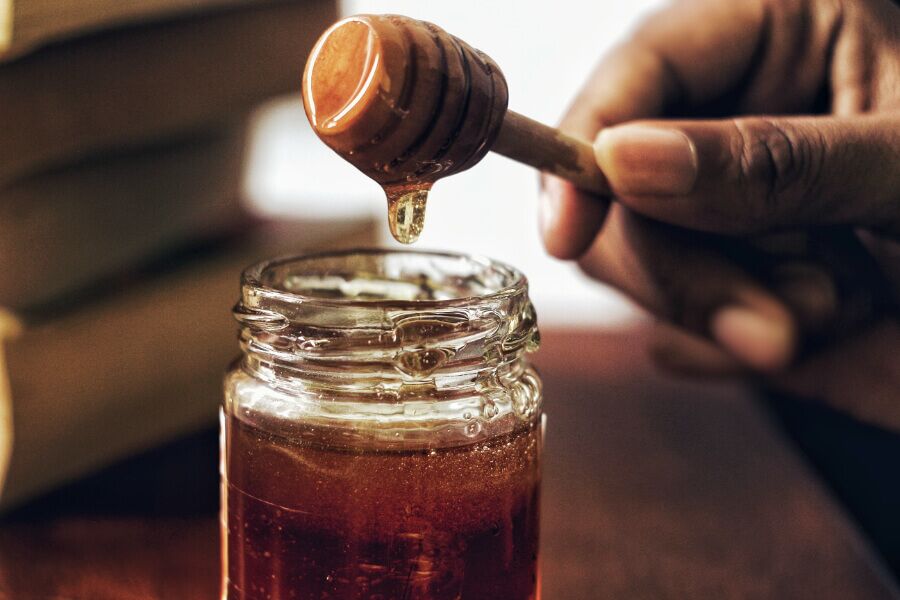
Farmers are also facing hardship with other crops. Since 2017, the production of rapeseed has fallen by more than half. Many have turned away from the crop due to problems with flea beetles (pests are always a threat to the supply chain of our food). A ban was placed on widely used insecticides that were used to fight the flea beetle problem.
Why? In order to protect the bees. These furry little insects may be small, but they play a huge role in our ecosystem. If we don’t protect them, you may find that honey could disappear altogether.
Did you know that one in three of our food plants rely on pollination by insects to reproduce? Currently, the world population of bees is in a shocking decline, known as ‘colony collapse disorder’. In China, they have even resorted to pollinating plants by hand because there are so few bees.
Lack of food, thanks to monocultures growing the exact same crop on the same piece of land every year, a loss of habitat and urban expansion have all contributed to weakening these insects’ immune systems. In turn, they’re much less able to withstand major stresses such as parasites, disease and pesticide. The loss of bees and other key insects around the world has scientists exceptionally concerned.
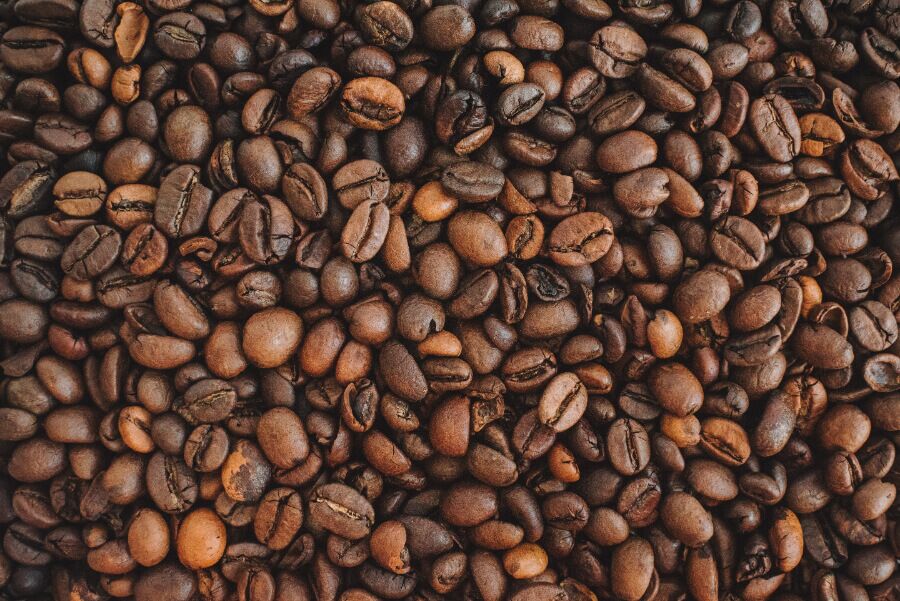
Coffee drinkers, look away now. Grown throughout Central and South America, the Arabica coffee bean makes up to 80% of the world’s coffee supply. However, it’s estimated that by 2050, the bean may no longer be around. In fact, up to 60% of wild coffee species are under the threat of extinction.
It’s estimated that as much as 50% of the land used to grow coffee will no longer be farmable by the end of this century. Arabica in particular is very difficult to cultivate. It requires specific conditions in order to really thrive. This includes the need for shade and a very specific, slightly cooler temperature range (17.7 – 21.1 degrees celsius). This is why it is sometimes nicknamed ‘mountain coffee’. Naturally, it’s quite susceptible to slight changes in local climate because of this.
As if this wasn’t enough, there is of course deforestation, human encroachment and disease to contemplate. All of these things are increasingly killing wild coffee plants.
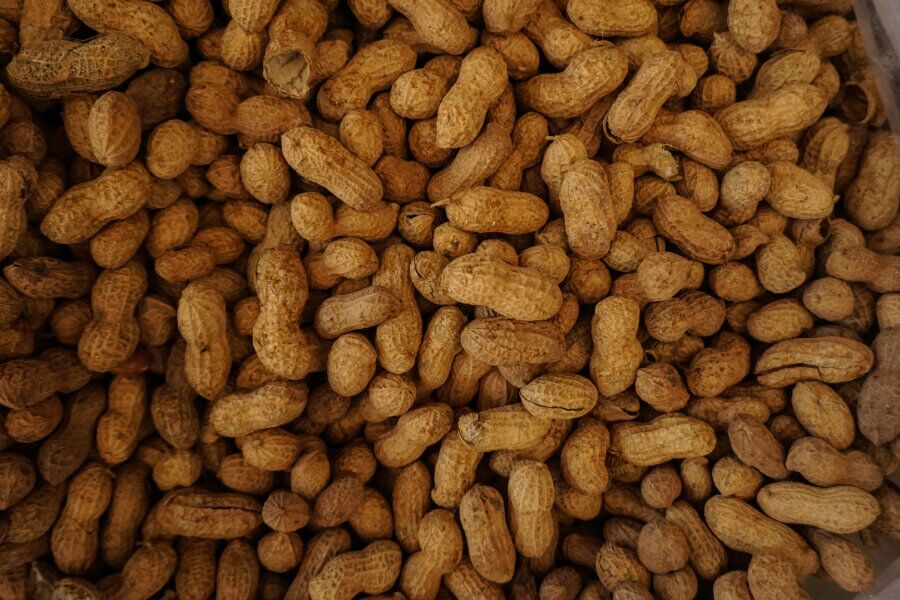
There are several varieties of the peanut plant that may well go extinct by 2055, according to a number of studies. Droughts and rising temperatures are seriously impacting their habitat.
Peanuts are considered to be quite difficult plants to grow, requiring five months of consistently warm weather and 20 to 40 inches of rain. If there is too little rain, the pods simply don’t germinate. If there’s too much rain? The plants mold.
With such specific growing requirements needed, the Southern states of America has provided most of the United States’ insatiable peanut intake for decades. However, as droughts and heat waves become more frequent and harder hitting, whole peanut crops have been decimated. The future does not look bright for our favourite bar snack.
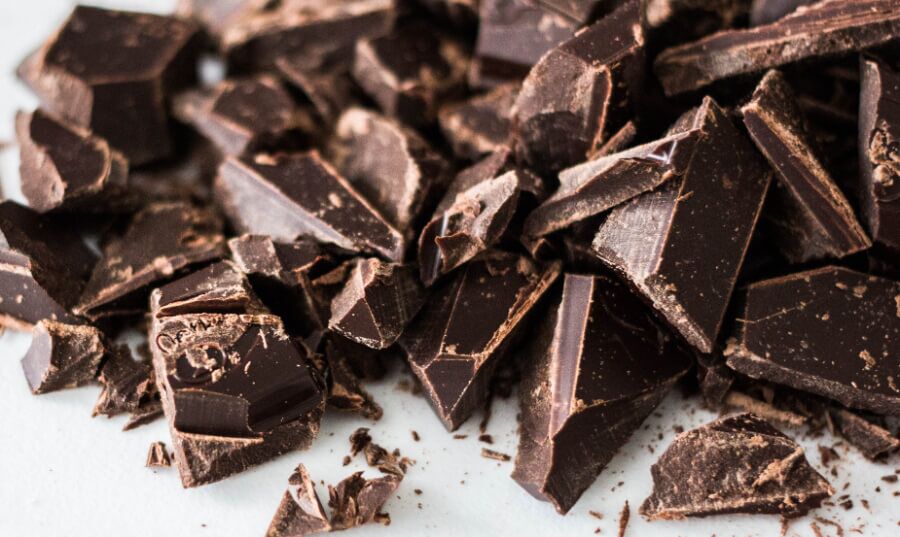
Yes, really. Our favourite guilty pleasure may soon be gone. In short, we are eating more than we produce (perhaps unsurprising).
In 2019, the world ate around 70,000 metric tons more cocoa than was physically produced. It’s estimated that number will keep climbing, with a 2 million metric ton deficit predicted for 2030!
Increased consumption aside, climate change is having a real impact in West Africa, where up to 70% of the world’s cocoa supply is grown. Rising temperatures and far less rain are taking a toll on production and there’s potential that eventually, it will be impossible to grow cocoa here.
Other factors are at play, too. Monocropping is common and this has led to soil degradation, thus leading to further risk of drought and harvest failure. Oh – there’s also a fungal disease known as ‘Frosty Pod Rot’ which has been eating away at cocoa pods and destroying entire harvests. It’s not good news.
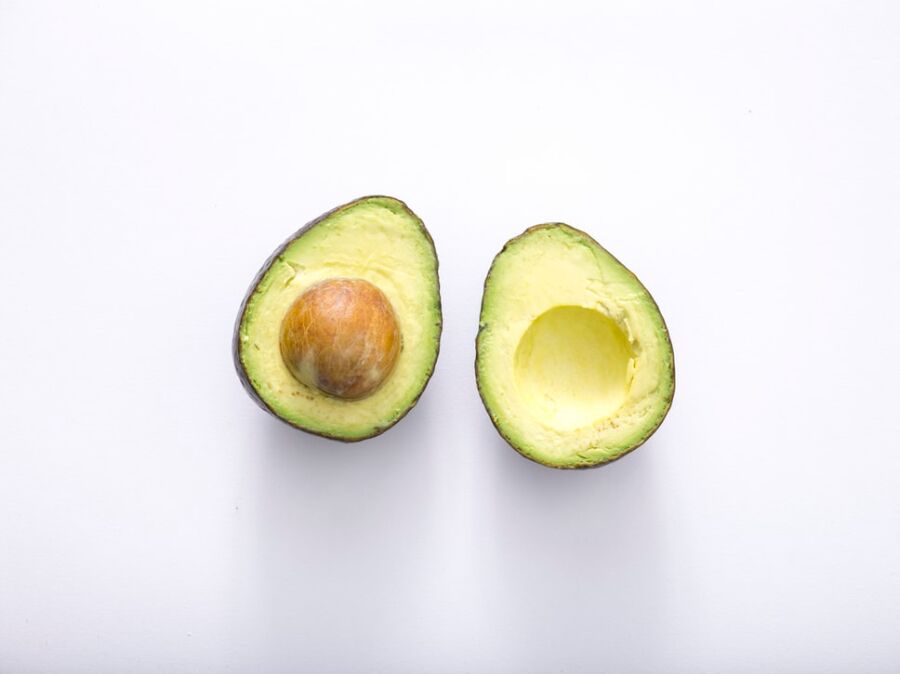
Here are the statistics. To grow around one kilogram of avocados (about 4 medium-sized avocados), it takes 545 litres of water. That’s roughly how much water is used for 8 average showers across Europe and America.
Here’s the problem. California alone grows 5% of the world’s avocado supply and 80% of America’s stock. California is also in the middle of the worst drought in the past 1,200 years, thanks to climate change. With water scarce and very costly, many Californian farmers have no choice but to let their avocado fields die.
Of course, there are other options such as Mexico (grows 60% of the world’s avocado supply), Peru (13%) and chile (7%) but as climate change continues to accelerate and devastate, there are more problems on the horizon for the world’s favourite fatty fruit.

Speaking of favourite fruits, the banana is in serious trouble. On average, each person eats around 100 bananas a year (it’s definitely more for me!)
However, as we discussed in the introduction, we rely far too heavily on just one species – the Cavendish banana. This underpins the world export market for bananas (99% of exported bananas are Cavendish). Right now, the Cavendish variety is suffering from the very devastating, easily spread ‘Panama fungal disease’, leading some experts to worry that we may well see it extinct inside the next 20 years.
Interestingly, we have been here before. The very reason the Cavendish makes up 99% of the banana export market is because its predecessor went extinct in 1965. The Gros Michel banana (affectionately known as ‘Big Mike’) used to be the go-to option. Apparently it was more tasty and didn’t bruise so easily. However, it was ravaged by the same Panama fungal disease. The Cavendish stepped in because it was originally resistant to this disease. Furthermore, it stayed green for several weeks after harvest (perfect for international shipping), had a high yield rate and looked great in stores.
As the Cavendish begins to wilt, it looks like we may have failed to learn from our lessons of the Gros Michel.
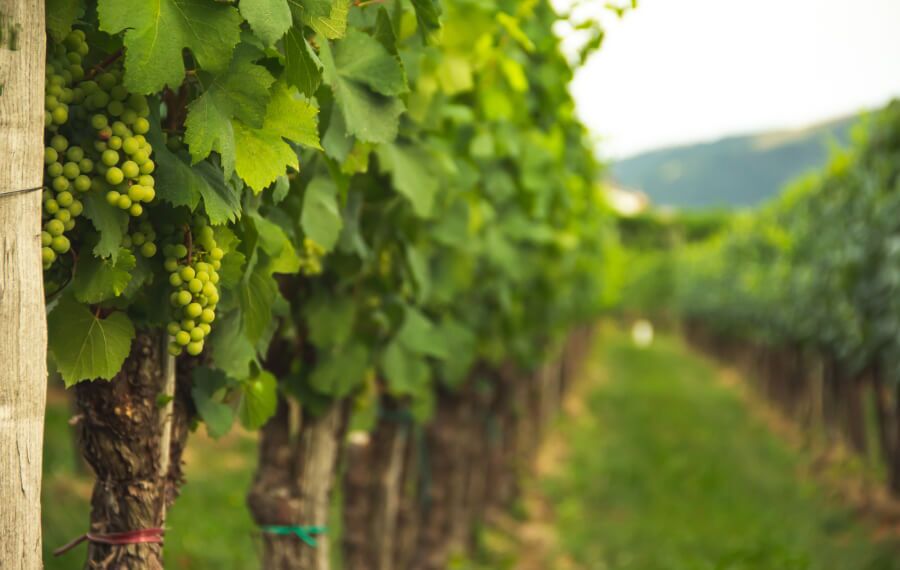
We’ve already hurt the coffee drinkers and unfortunately wine lovers do not escape unscathed from this. Wine grapes are in danger too. Over the next century, there’s a very real worry that France will lose several of its wine-growing regions thanks to climate change.
The wine grape is, like the peanut, a particularly sensitive plant. A lack of water or higher temperatures will really challenge the process of growing wine. The ability for these grapes to grow in heat and drought will ultimately be affected by the soil they grow in, meaning degradation via monoculture and extreme weather patterns is of great concern.
Furthermore, in places such as Australia and Mediterranean countries such as Greece, Italy and Croatia, wildfires are a very real threat that seem to be increasing in size and ferocity each year.
There are a number of problems that wineries will encounter with a warming planet. These include elevated sugar content (higher temperatures activate and accelerate the elaboration of sugar in the grape), reduction in acidity and flavour (higher temperatures favour degradation of malic acid in the grapes and potassium uptake in the vines) and loss of colour and intensity in red wine (higher temperatures impact the pigments which give red wine its rich, bold colour).
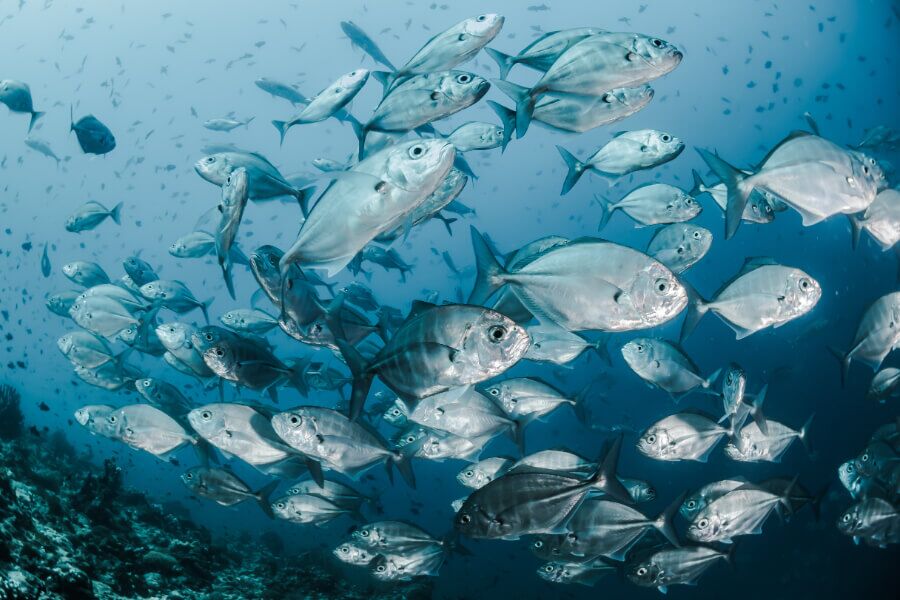
Tuna is just one of many, many fish stocks that are in sharp decline around the world. According to the UN, ‘nearly 94% of global fish stocks are either fully or overexploited’.
Overfishing on an industrial scale has ensured that our oceans have been ravaged and plundered to the point where there is very little left. The fish populations simply can’t reproduce and recover fast enough to keep up with the demand and consumption.
Furthermore, when you consume big fish such as tuna, you’re eating a larger predator of the sea. This has very serious consequences for the food chain below them which is being thrown out of balance. Unhealthy oceans are often the first step in the climate change chain and the worse off they are, the more problematic future weather patterns will be.
If you’re feeling a little bleak having read all of these shocking facts and eye-opening realities about what is happening to our precious food supply around the world, we’re with you. It can be difficult to remain optimistic.
However, there is plenty of hope and reasons to be positive. With every problem and challenge that arises, there can be a solution. Have a read of our article on food sustainability to find out what you can do to make a difference!
Understanding Spices
Spices have long been integral to the UK's culinary landscape, adding depth, flavours, and richness to a myriad of dishes. From the pungent aroma of cumin in Indian curries to...
Read MoreUnderstanding Spices
Confetti is an essential part of any wedding day. Not only is it a wonderful way to greet a newlywed couple, but it also provides some beautiful photo opportunities. The...
Read MoreSeasonal Ideas
It’s no secret that any handmade gift will always be more special than a store-bought one. Homemade food gifts are especially wonderful, a labour of love that shows someone you...
Read MoreHealth and Wellbeing
It’s no secret that winter’s cold and gloomy weather makes us crave indulgent dishes like fondue and baked goods like sticky toffee pudding and apple crumble. While Christmas is the...
Read More